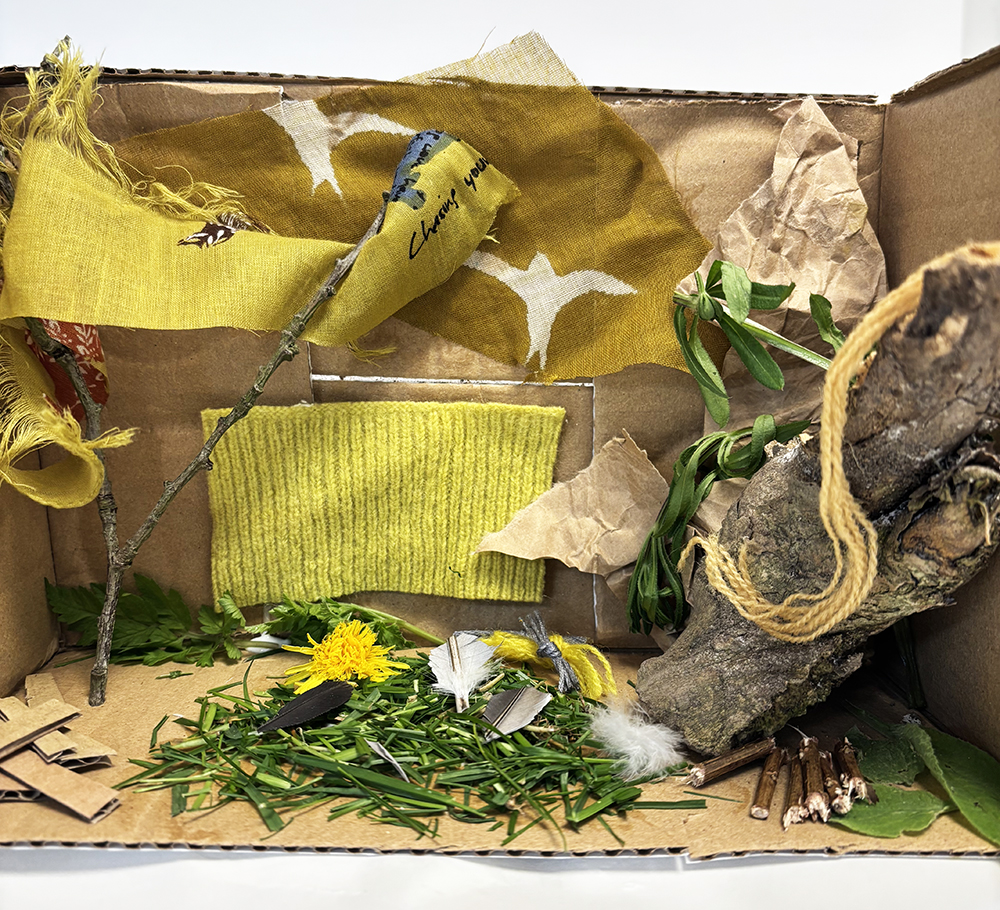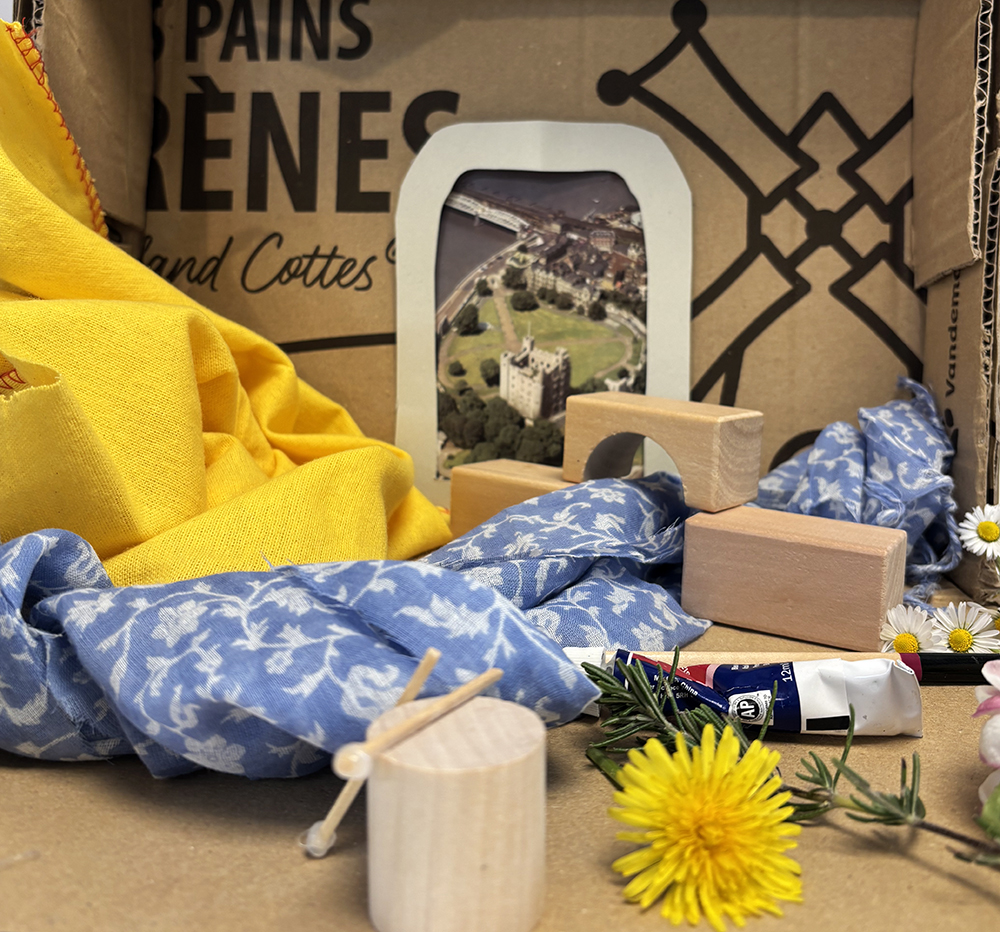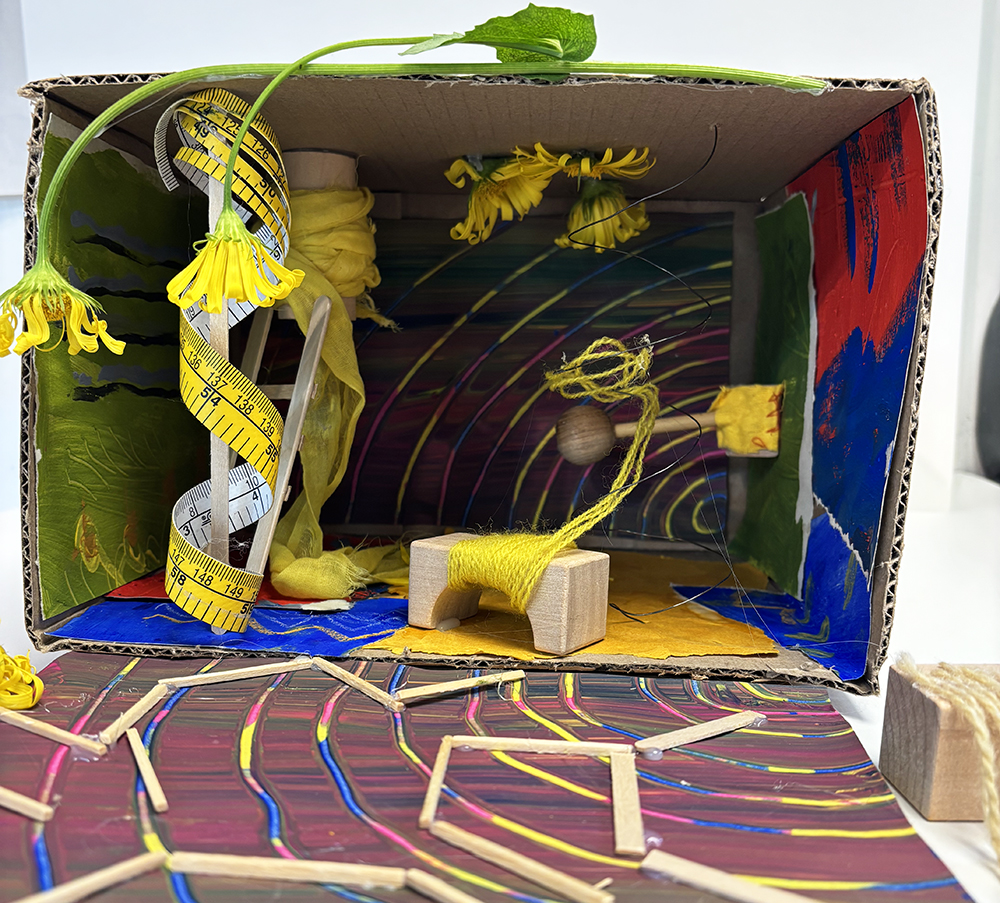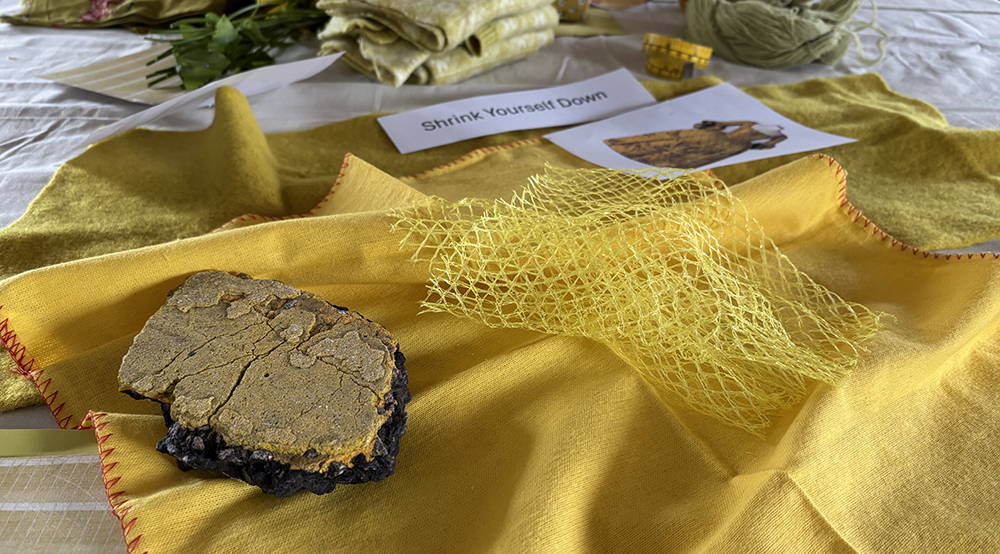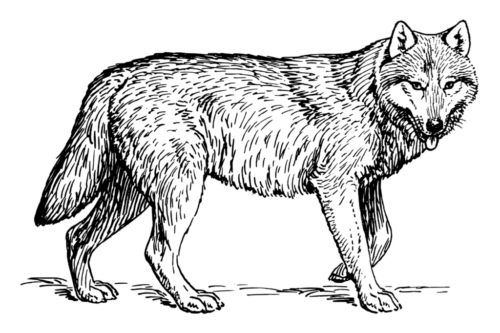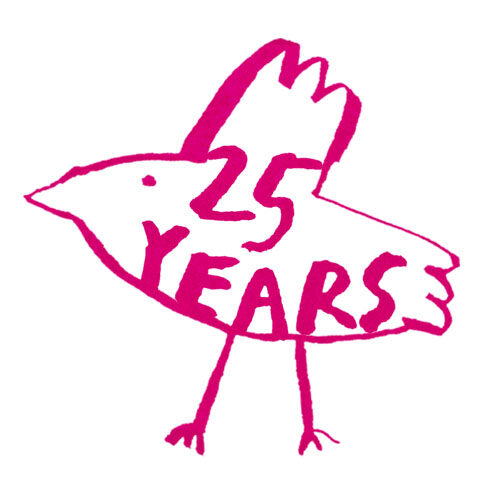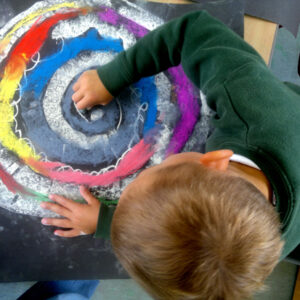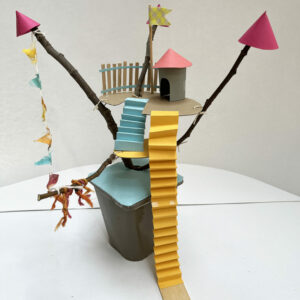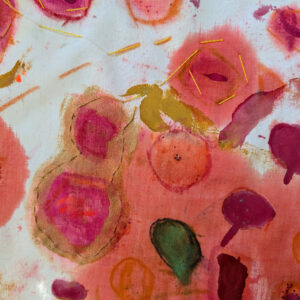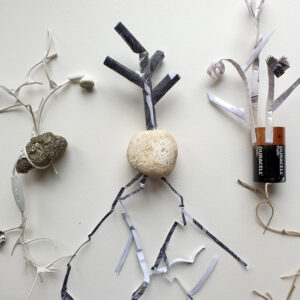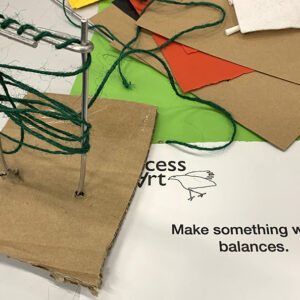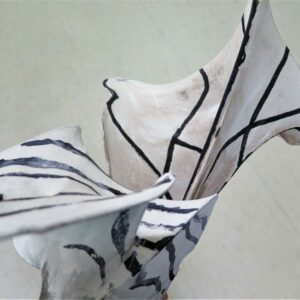By Paula Briggs
The “Engaging Audiences Through Transportation” workshop at the AccessArt Lab aimed to bring together artists and teachers to explore how we can help inspire and engage learners by manipulating the learning environment itself. Thank you to all those who attended the session – it felt extremely positive and energetic!
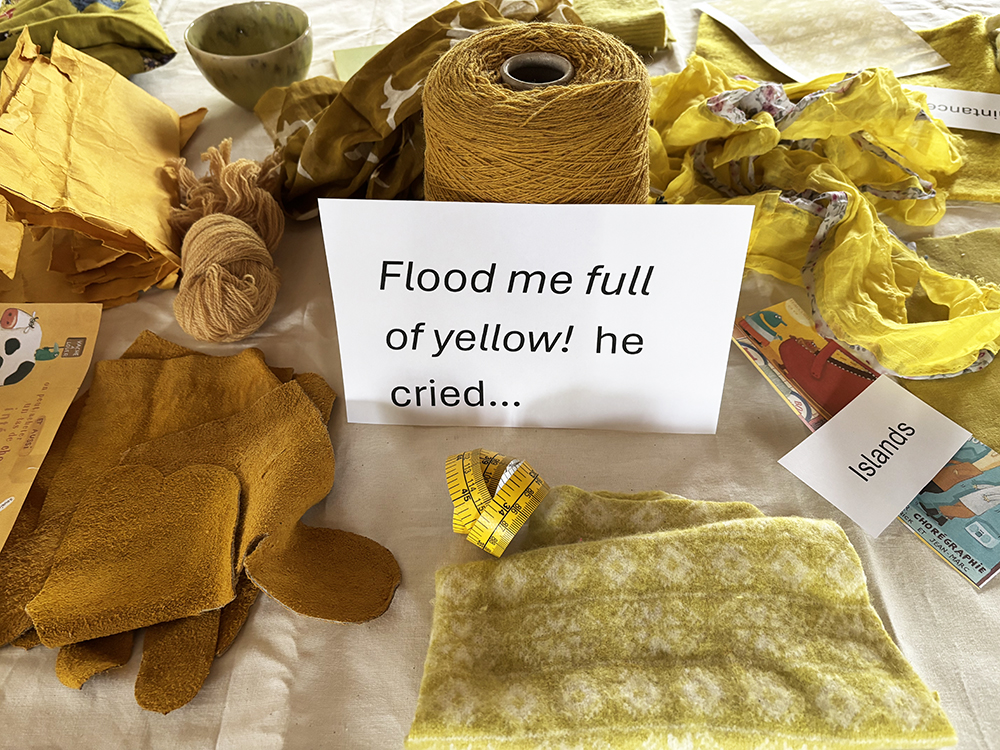
The Thinking Behind the Session…
So many of our children’s learning experiences are relatively unsensory. When we engage with art – making, looking and talking – it is usually a sensory experience. Most definitely the senses which are ignited as part of the process help us connect with our emotions, feelings and thoughts. So I wanted to explore, with the help of teachers and artists, how far we (the facilitators) can go to help meeting the learning in accessing art in a sensory way by creating a space which is primed to stimulate the senses…
This goes beyond a traditional approach of an art lesson in which the facilitator “sets up” the room before the activity – making sure there is access to tools and materials, to subject matter etc etc. Here we are thinking instead about curating a space for the learners to discover – which begins the process of transportation (or engagement, or escapism, or imagination) which ultimately helps the learners access their own creativity.
It seems to me a generous act, that the facilitator thinks carefully about how to curate a space in which the learners might be best placed to act. It takes time, attention to detail, access to materials, your own creativity and imagination – to create a temporary environment which is specifically honed to the activity in question. It is the opposite of “bland” or “vanilla” or “classroom”. Instead, the question for the facilitator might be: “how can I use materials, furniture, sound, and space to create an environment which will delight, or challenge, and stimulate curiosity and conversation?”
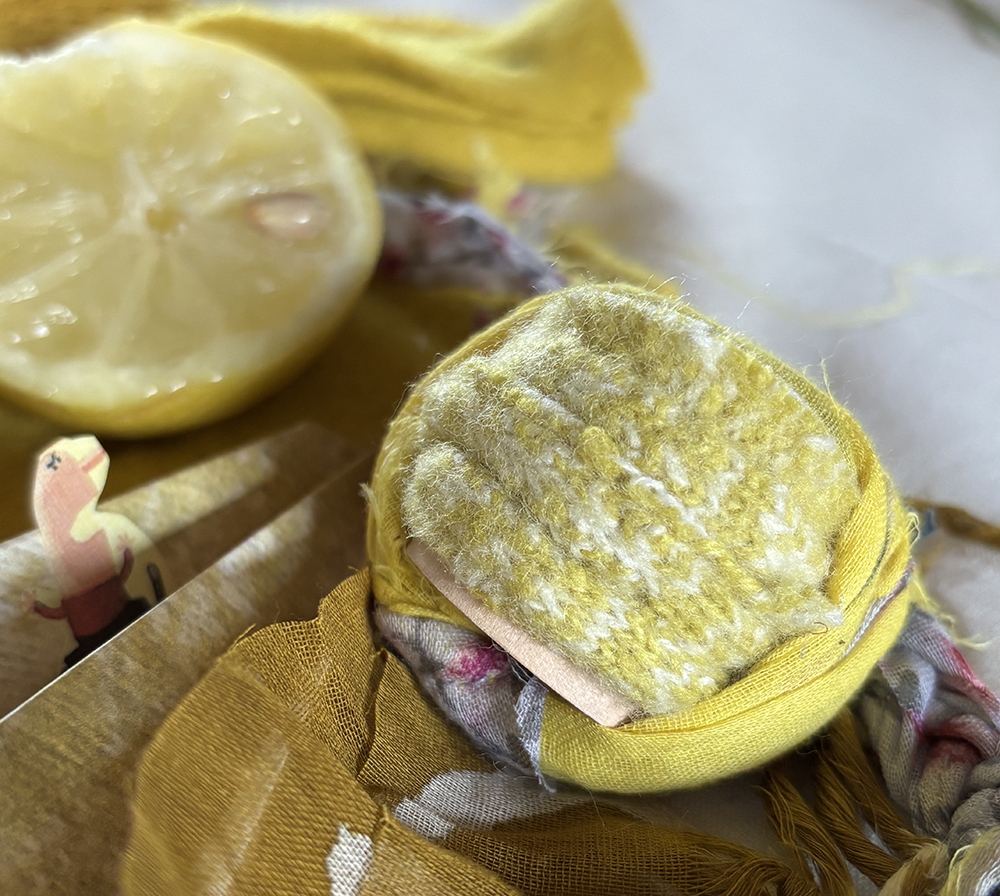
Other Thoughts…
Any workshop session is always an opportunity to layer experiences upon experiences. Another aspect I wanted us to explore in this session was how, as part of the challenge to make, we can give permission to participants (whether artists and teachers or the learners themselves) to take what they need. This sounds glib, or even undesirable, but I wanted us to be able to acknowledge that to be creative, we need to be brave to take what we need, and to put unlikely things together, without any kind of guarantee of outcome. To take what we need, to destroy before we create, and to explore free from fear of “success” is vital if we are to explore creative potential.
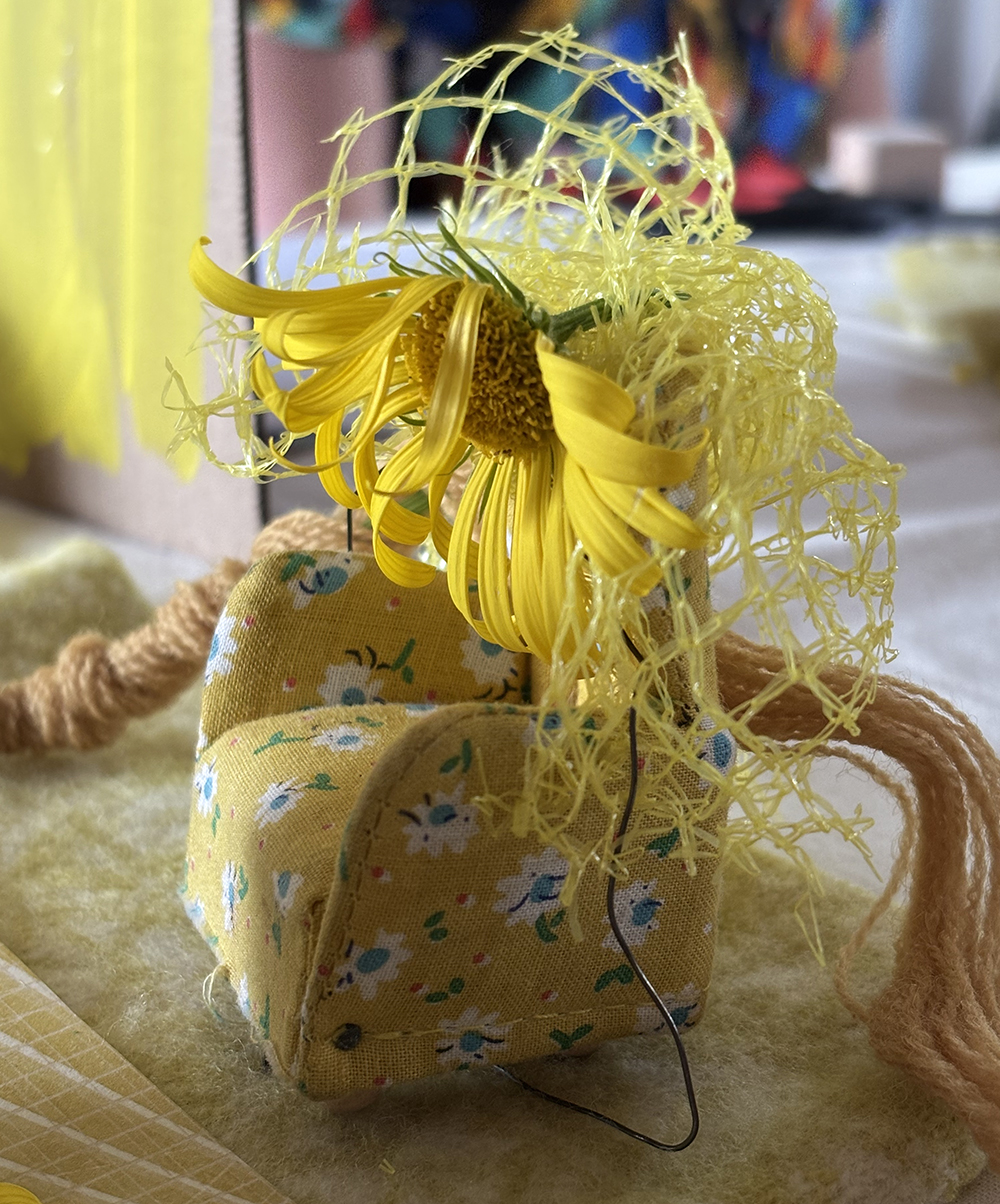
The Warm-Up…
We began with a visualisation. I asked participants to stand (bravely!) in a circle, facing outwards so no-one felt “watched.” As they stood, I asked them to first imagine, and then to act out, that they were reaching their arms out, one at a time, to take un-named “things” out of the air, pulling them towards their body. I asked them to explore “taking” these things from different parts of the space around them – much like you’d pluck an apple from a tree. As they did this, I asked them to purposely not name or even imagine what these things were – I didn’t want them to limit or second guess what they wanted or needed. Instead to imagine the vastness of what they could take… Perhaps they were gathering tangible things – like materials, or sounds, or objects, or elements, or even ways of being…
I explained that I wanted them to give themselves permission to take what was needed – even without knowing what was needed (that would come through exploration). To recognise that we have this whole world out there, and as creative beings we can take elements from anywhere, bring them to us without knowing why, and sit with them before using them to create.
Ultimately, we need our children and young people to understand they are empowered to act and to create. The action must start with them – they are responsible for their actions – we give them permission and help them understand the space in which they act. If they remain disempowered, they will not thrive.
The Set Up:
My “gesture” for transporting the artists and teachers was to fill the room full of yellow. I had been feeling like there was a lot of tiredness in the people I met (generally – not the participants!), and a lot of fear and worry. Yellow is the colour of energy and optimism, so my urge was to give participants an abundance of yellow – rich not just with the colour but also with its materiality.
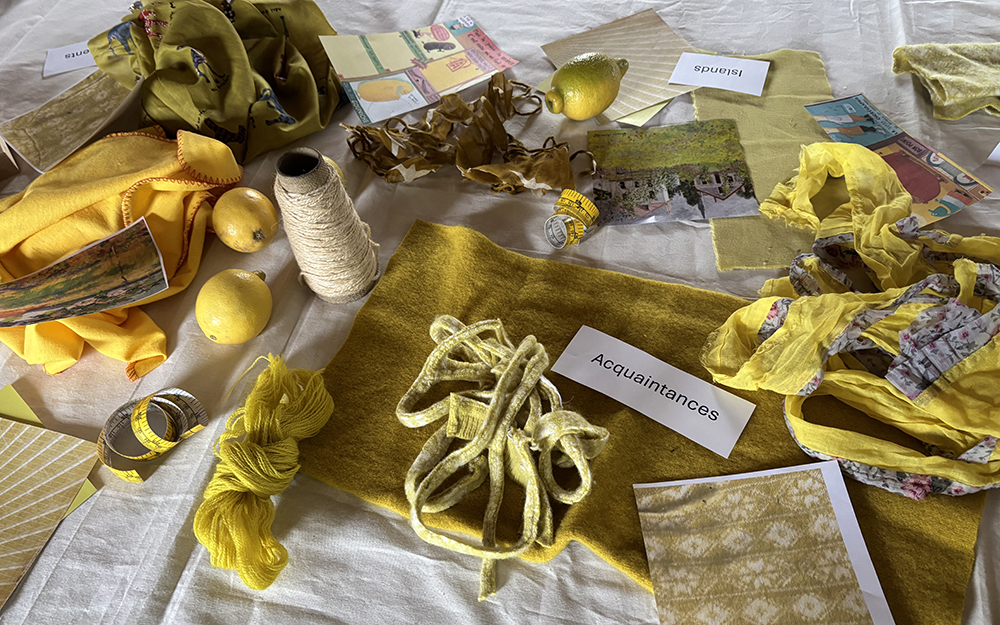
The materials were presented on the table with participants working facing inwards so that there was a sense of community and shared aim.
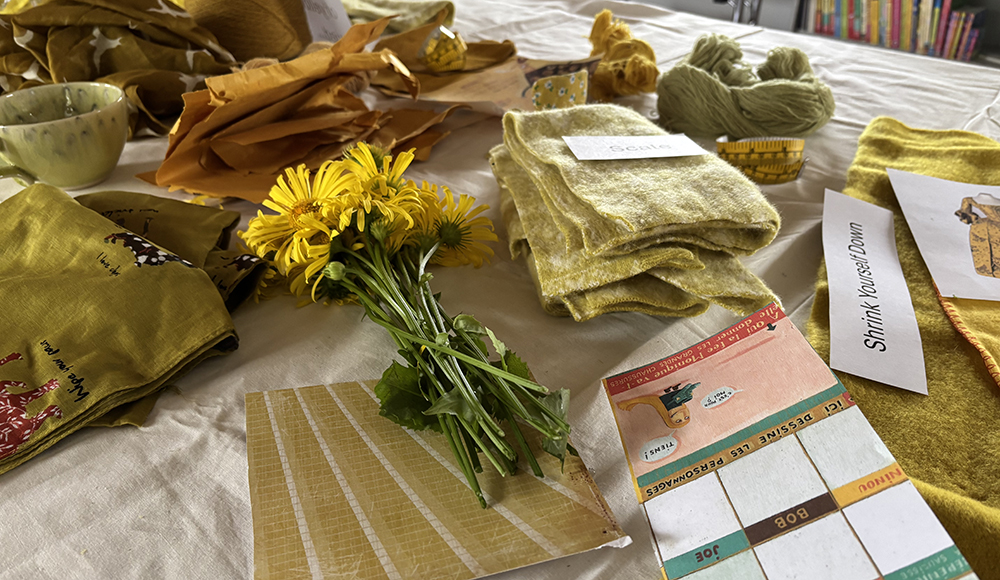
The Invitation:
I invited the participants to explore the materials in front of them, to absorb their yellow materiality. I reminded them they were able to be active – to walk about with curiosity. To go and look and find, not just to accept the materials immediately in front of them. This investigatory curiosity is key to creativity.
I invited them to begin to make in one of two ways (which in effect are the same – but offering the two ways of saying the same thing might appeal to different people):
– Collect and Curate, or
– Make a Creative Response.
I encouraged them to do nothing more than try to follow their instinct, and let one thing lead to another. The only criteria was to transform “yellow”, into “my yellow”.
I reminded them again “they had permission.” The could (and should) feel able to destroy before they create. For example, feel able to cut the tape measure, feel able to snip the fabric. Of course, as facilitator you will have your own boundaries around the materials you supply, and you should be clear about these. But it is important we enable learners to act responsibly by giving them trust and permission to act. Art is a safe space in which to learn these skills, and to learn to make proactive decisions which are also prosocial and positive.
After 45 minutes, the participants shared their responses.
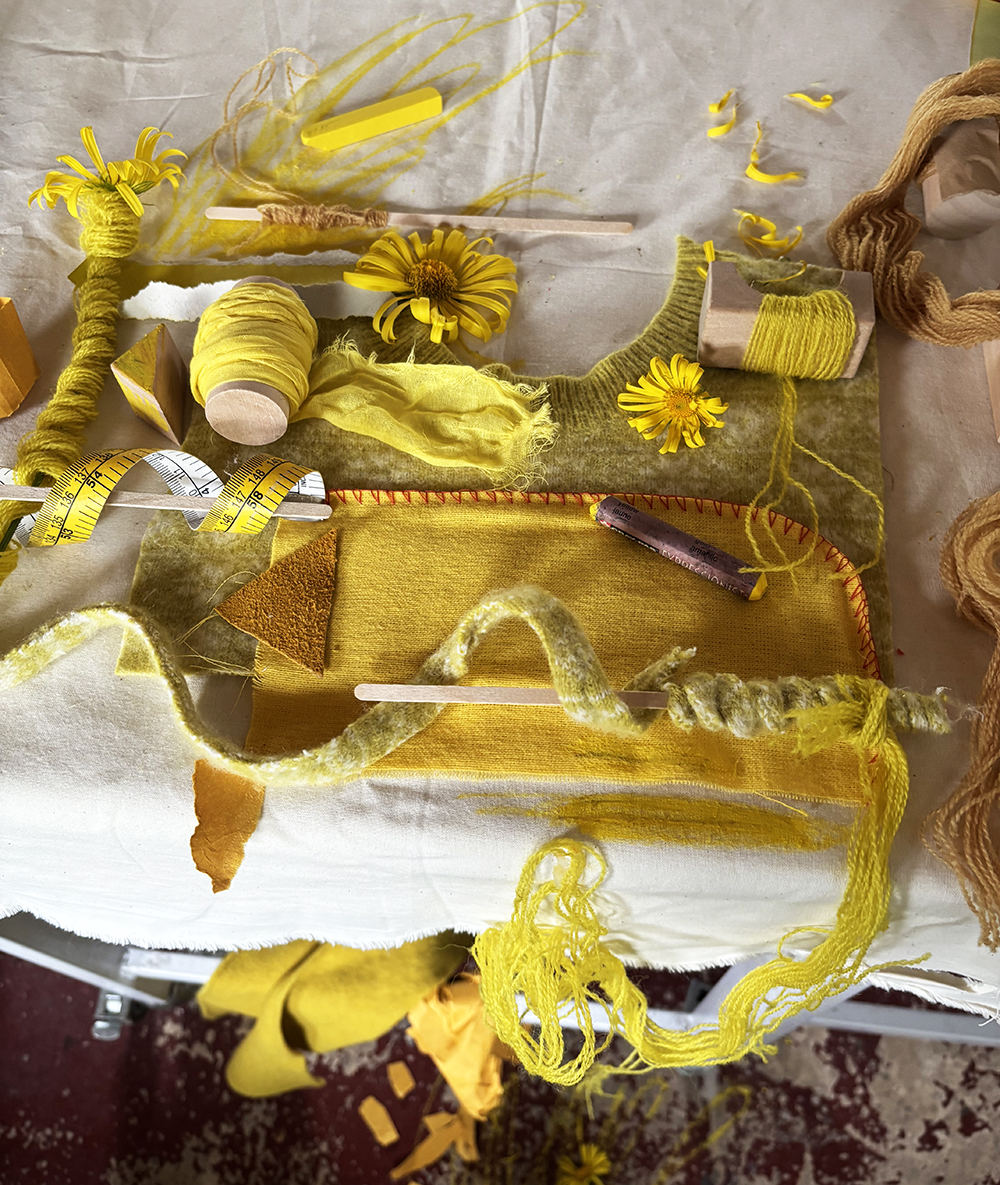
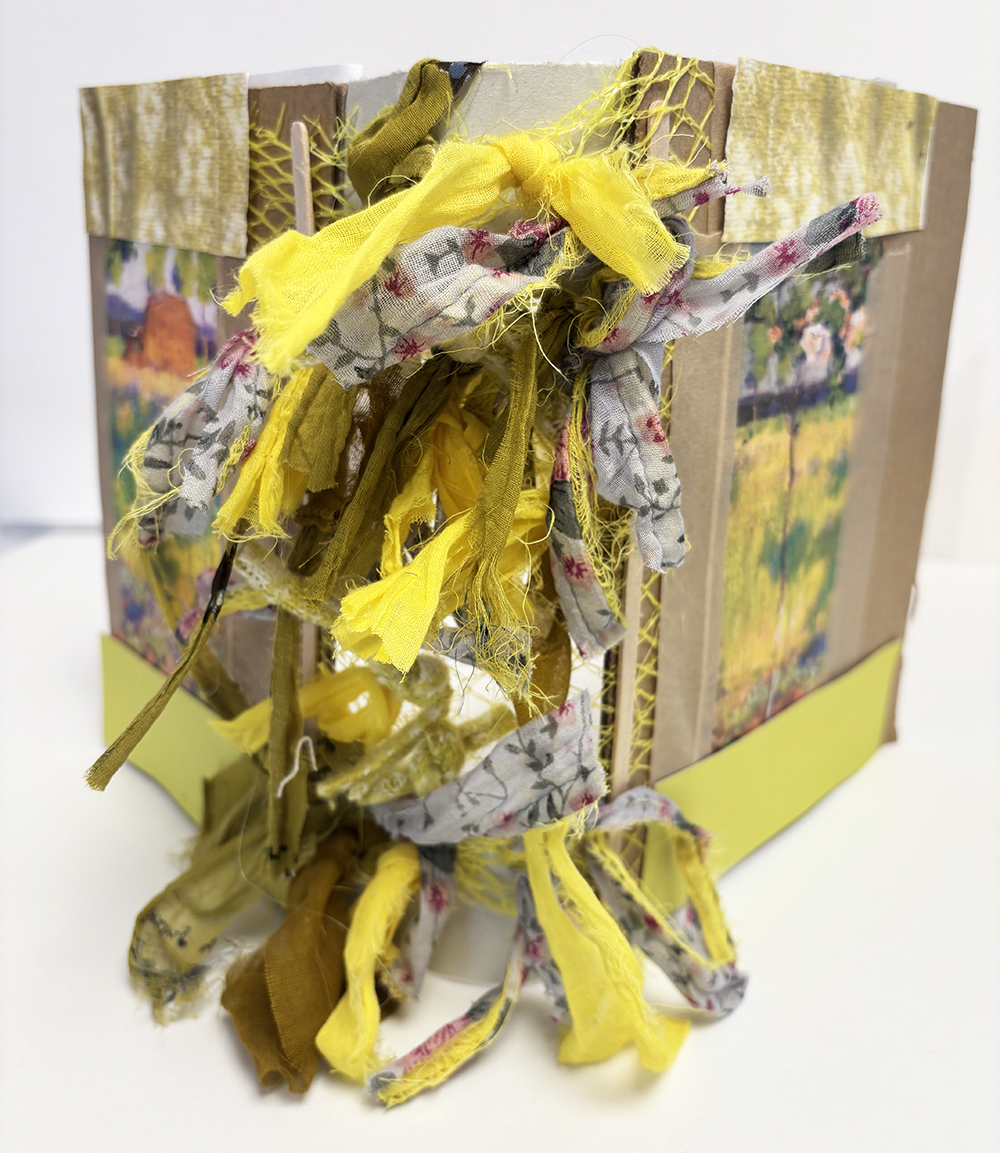
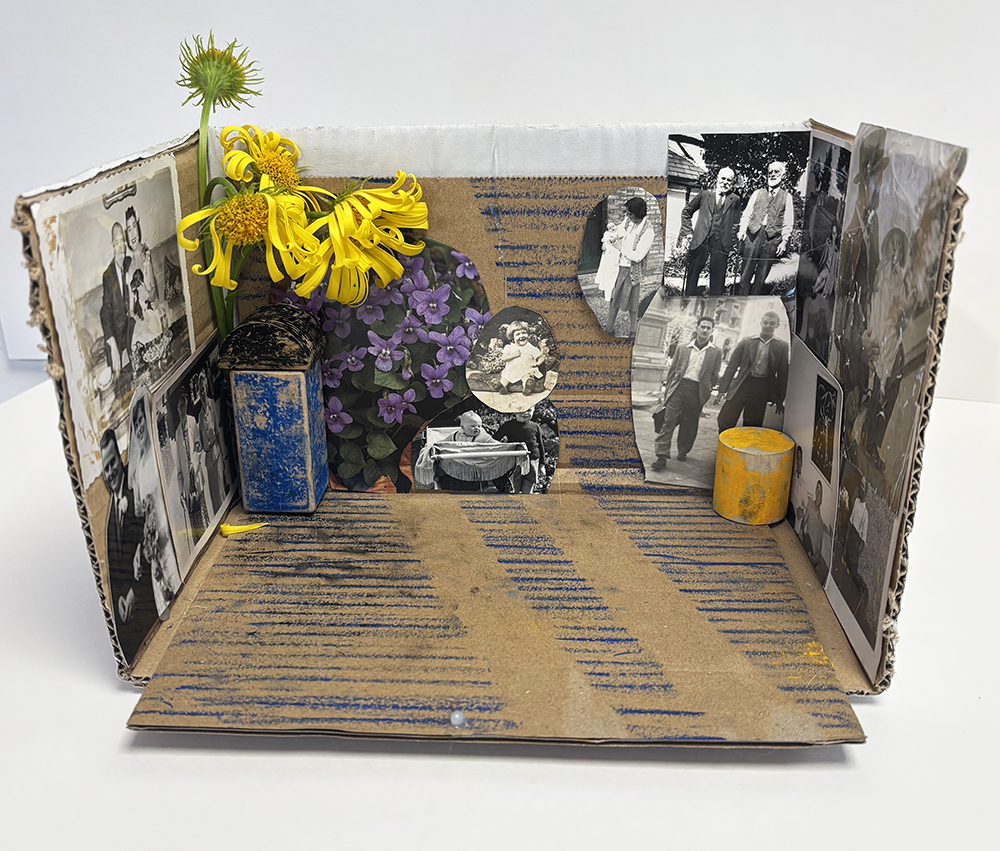
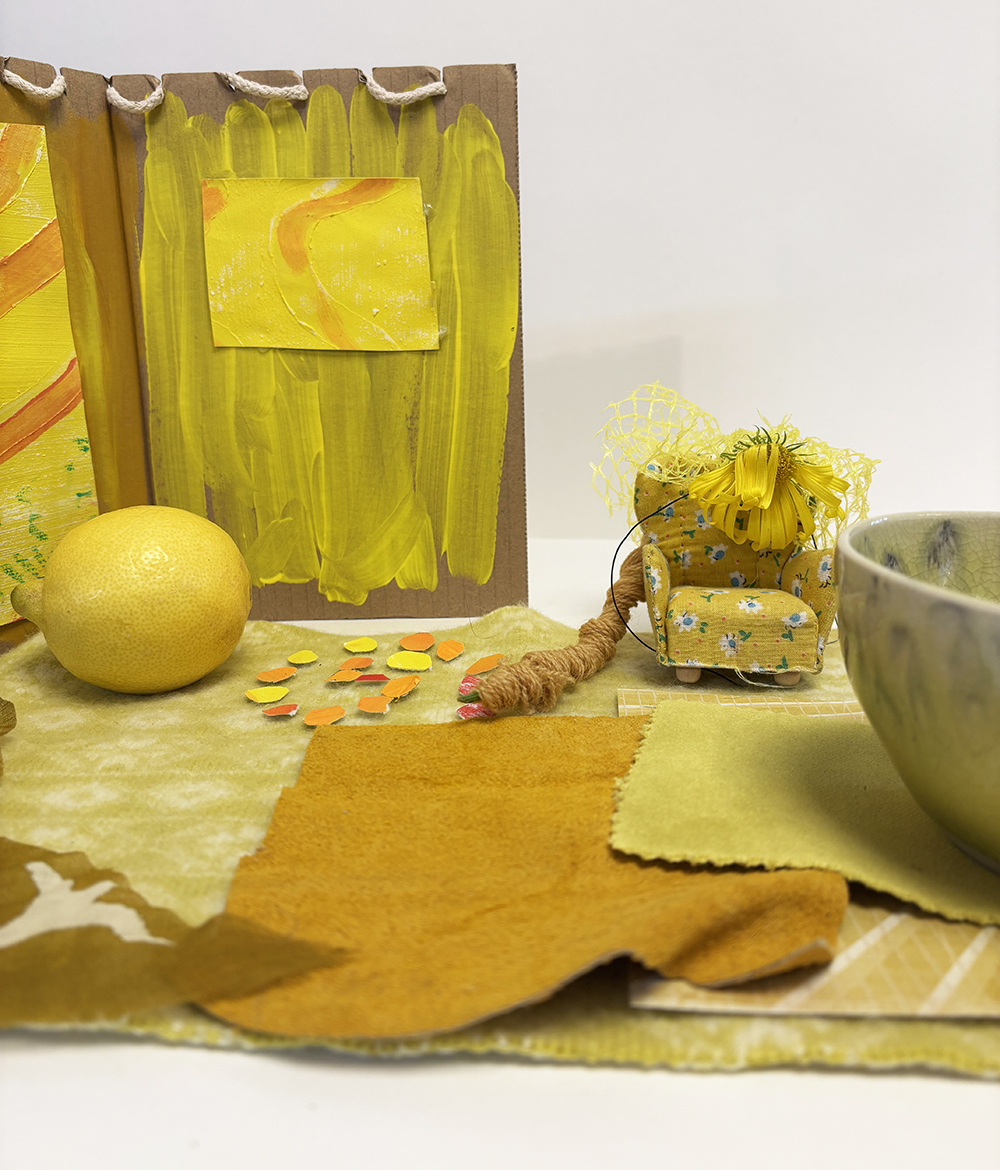
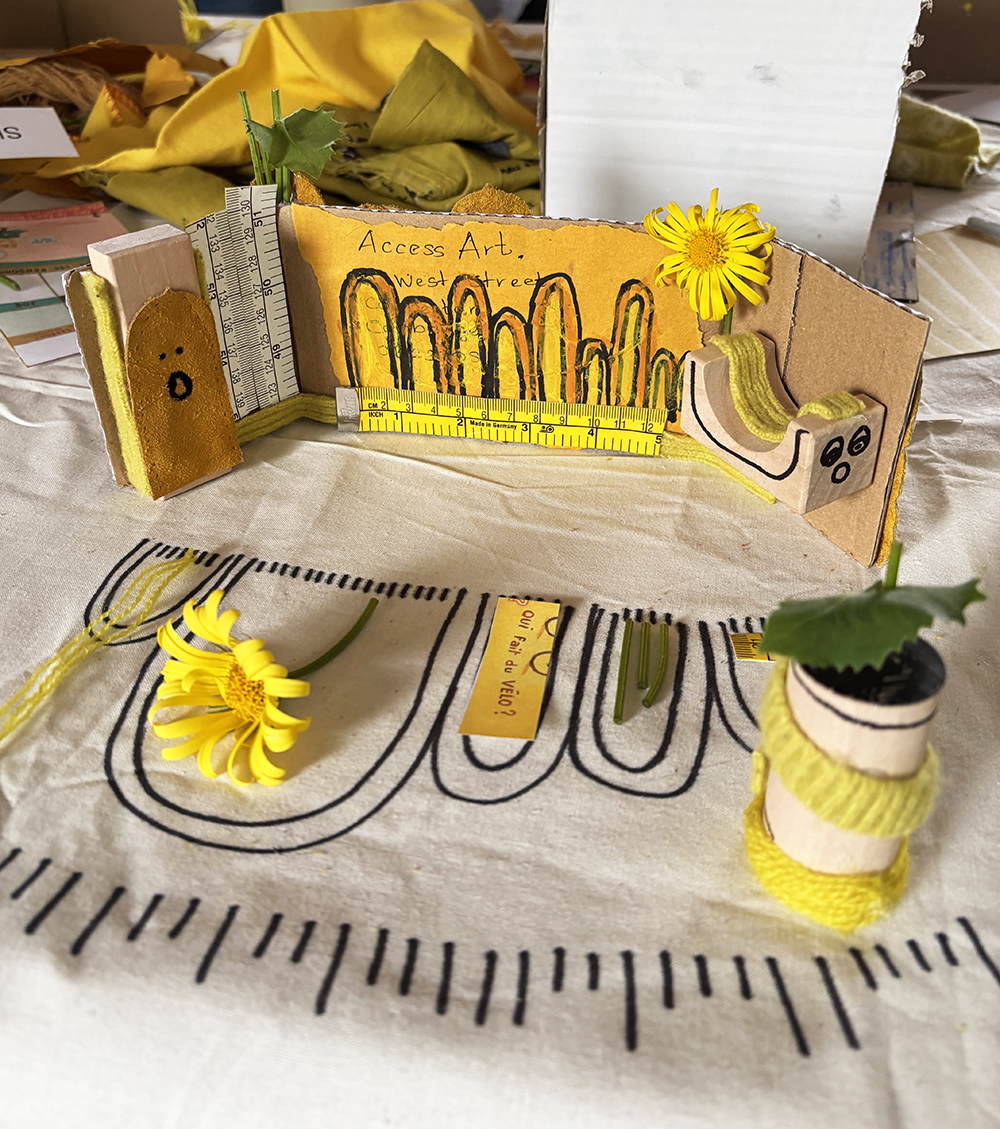
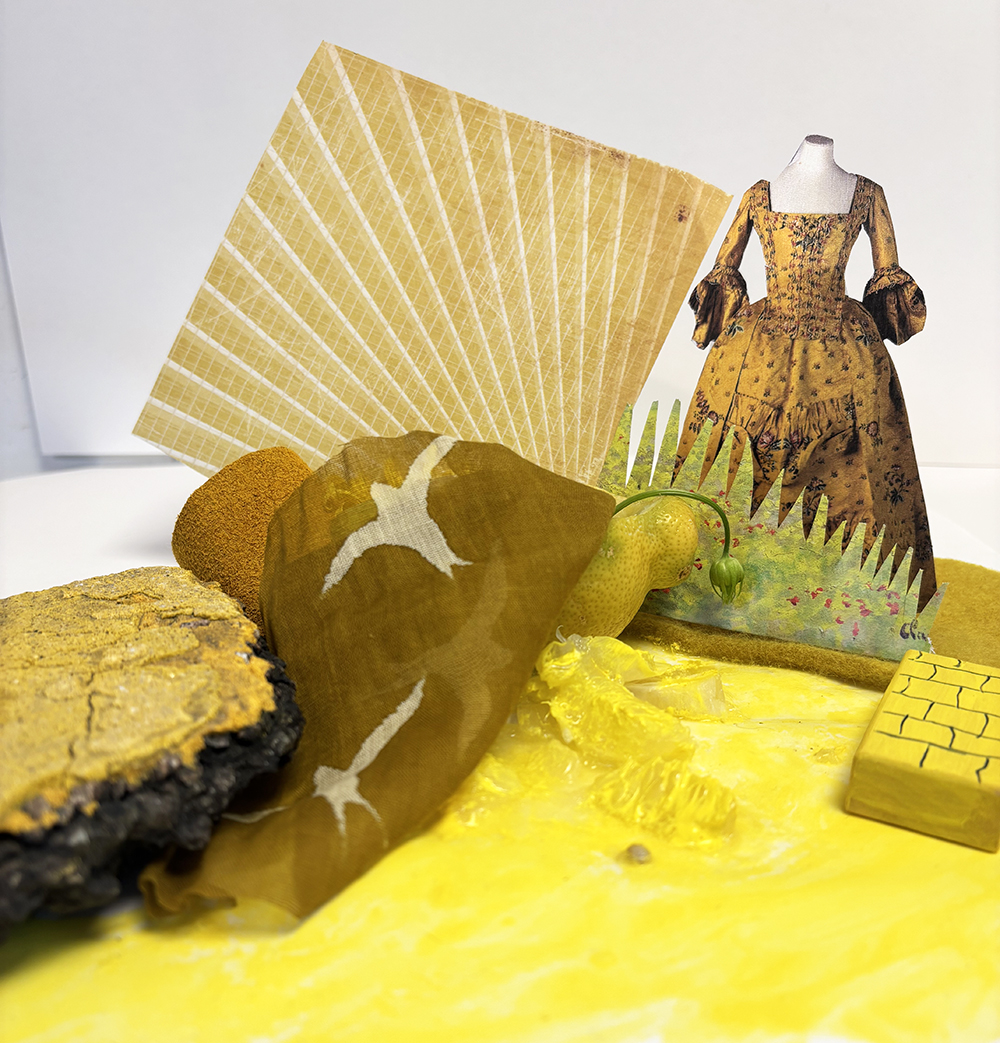
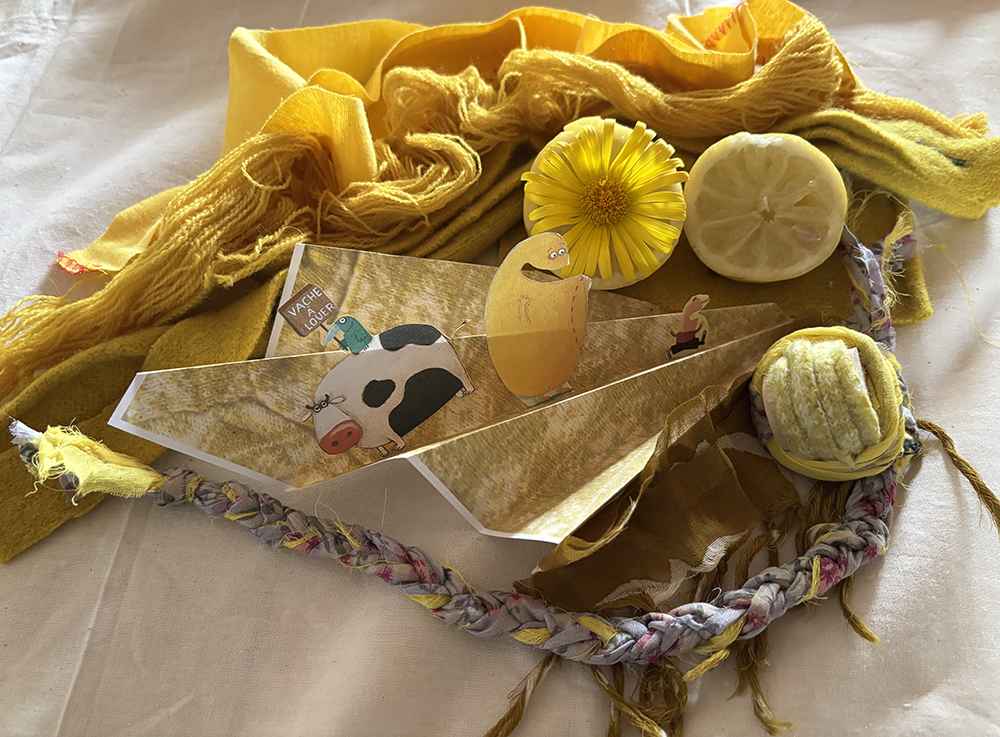
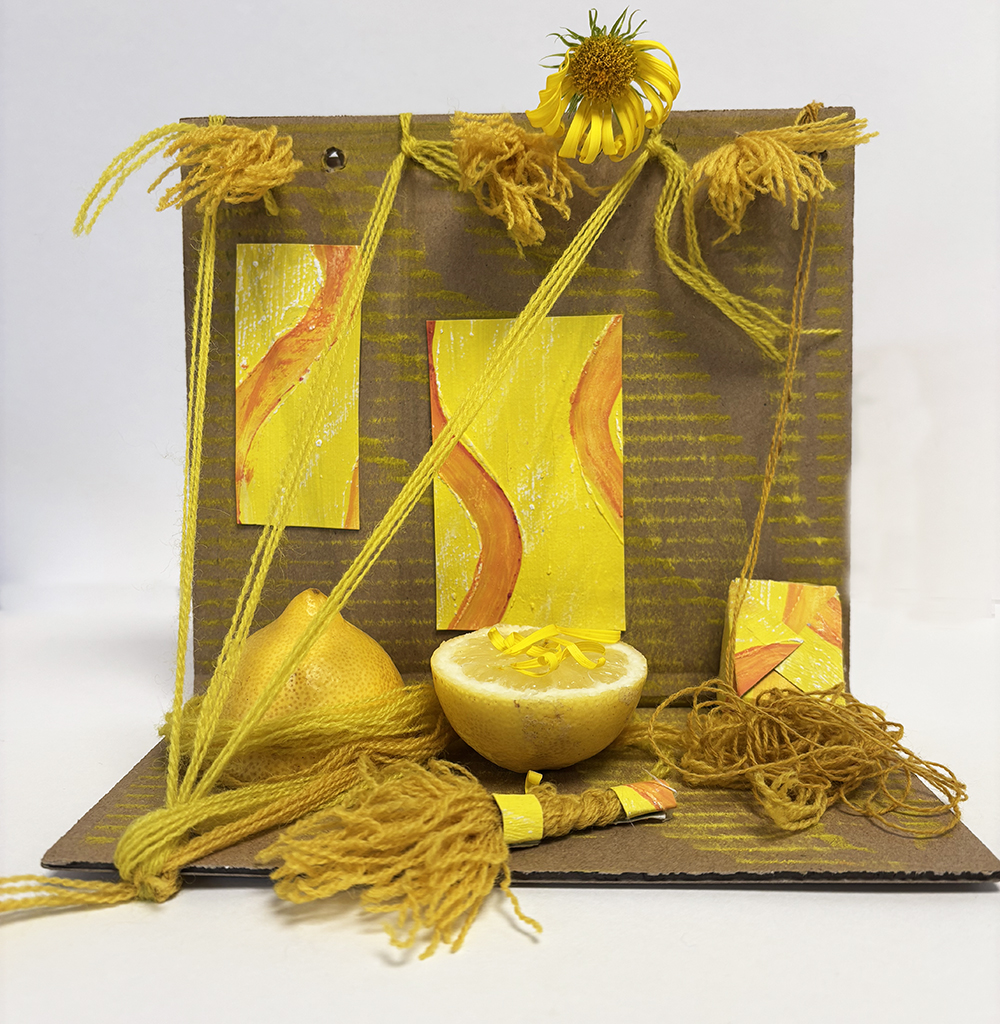
The Collaborative Task…
Next, I invited participants to work in pairs and to collaborate to brainstorm, through making, a small maquette (model) of a space which they thought would be transportational to the learners in their experience. I emphasised that these should be aspirational, imagination and ultimately unrealistic, but that these would give us the opportunity to talk about what might be possible, or might be helpful, in understanding how best we might engage our learners.
Thank you once again to the artists and teachers who took part. Please do post any comments below, thank you.
